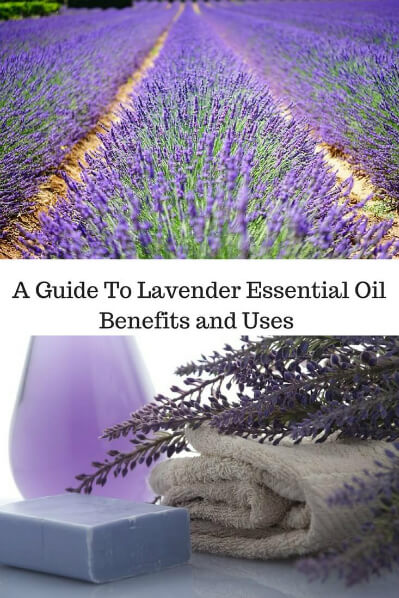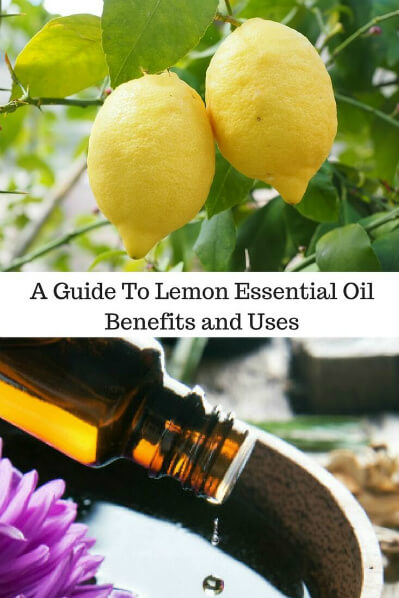- Home
- Essential Oil Profiles
- Ylang Ylang Essential Oil
As an affiliate with Bookshop, Amazon, and other programs, I may earn revenue from qualifying purchases through affiliate links. This does not affect the price you pay. Privacy Policy / Disclosures. This site is for educational purposes only.
Search this site:
Guide to Ylang Ylang Essential Oil Benefits and Uses
"Ylang ylang is the tenderhearted one whose hanging pearls dance in the
wind, as if, through flexibility, it protects its tender heart from
destruction," writes Valerie Ann Worwood in Aromatherapy For the Soul. She states the emotional benefits of ylang ylang essential oil (Cananga odorata) are to encourage awakening, calm, enthusiasm, joy, self-confidence, sensuality, upliftment, and warmth.

Basic Ylang Ylang Facts
Plant family: Annonaceae
Production: Steam distilled from the flowers of the ylang ylang plant.
Aroma: Intense, sweet, floral. Ylang ylang varies due to differences in climate and botany — several commercial grades with different scents are available.
Perfume note: Middle to base
Is ylang ylang safe to use during pregnancy? Yes, according to Aromatherapy and Massage For Mother and Baby.
Is ylang ylang essential oil safe for children? Yes, but do not to apply this oil to the skin of children under the age of 2. Use to alleviate anxiety, hyperactivity, and temper tantrums, according to Authentic Aromatherapy.
Cautions: High concentrations may cause headache or nausea. Ylang
ylang may irritate highly sensitize skin and may not be appropriate for
hypersensitive, diseased, or damaged skin.
Components: Vary depending on the commercial grade. See Essential Oil Safety, 2nd Edition.
Ylang Ylang Essential Oil Benefits
The Heart of Aromatherapy lists the following benefits of ylang ylang:
- Calming the heart and encouraging trust
- Soothing skin irritation and calming inflammation
- Relieving sore muscles
- Supporting digestion
- Supporting meditation and contemplation (great blended with frankincense or patchouli)
Aromatherapy: A Complete Guide to the Healing Art: Ylang ylang is a tonic that balances oil production for all skin and hair types but is most often recommended for dry hair and skin.
Essential Oils & Aromatherapy for Dummies: Ylang ylang can be both relaxing and stimulating and has aphrodisiac qualities. It seems to energize or relax, depending on a person's needs. As a hair conditioner, ylang ylang balances oil production. Good for all skin types, especially combination skin.
The Fragrant Mind: Ylang ylang promotes assertiveness, contentment, focus, joy, self-awareness, and self-esteem. It helps relieve dejection, doubt, fear of failure, fear of change, guilt, irritability, moodiness, and passivity.
Aromatherapy For Healing the Spirit: In Traditional Chinese Medicine ylang ylang is energetically cool and moist and has a calming, supportive action on the heart. As an aphrodisiac, ylang ylang helps reunite a person's emotional and sensual natures.
Aromatica: A Clinical Guide to Essential Oil Therapeutics, Volume I: Psychologically, ylang ylang promotes emotional stability, promotes sensuality, and enhances self-esteem. Physically, the essential oil relaxes and balances tense and emotionally out-of-control conditions. In Traditional Chinese Medicine the essential function of the oil is to regulate the Qi and harmonize the Shen.
- The rasa (taste) of ylang ylang is sweet and better, the vipaka (aftertaste) is sweet, and the virya (energy) is cooling/ moisturizing.
- The oil decreases vata and pitta and increases kapha.
- Tissues most affected by the oil are skin, nerve, and reproductive.
- Indications for this essential oil include high blood pressure, nervous headaches, PMS, fear, rage, anger, low self-confidence, nervous depression, inner coldness, and oily, combination, aging, or stressed skin.
Subtle Aromatherapy: Ylang ylang helps dispel anger and create a feeling of peace. Some people find the aroma too sweet, and this essential oil may work better as part of a blend.
The Essential Guide to Aromatherapy and Vibrational Healing: Ylang ylang encourages spiritual service to others and helps you recognize the abundance of spiritual helpers. The essential oil relaxes the mind and improves alertness and attentiveness. The oil calms erratic emotions but also brings those feelings to the surface and helps you work through them.
Aromatherapy and Subtle Energy Techniques: Ylang ylang promotes joy, sensuality, and peacefulness. The oil is especially useful for the third chakra to support self-confidence, personal strength, self-control, and courage.
Mixing Essential Oils for Magic: Ylang ylang promotes positive energy and brings peace and beauty to the home. Use the oil for divination, dreamwork, and communicating with spirits.
Ylang Ylang Essential Oil Uses and Blends
The Healing Intelligence of Essential Oils suggests rubbing a drop or 2 of ylang ylang over your heart to relax and calm yourself.
Aromatherapy relaxation bath: Stir 5 to 10 drops ylang ylang into one cup Epsom salt or sea salt. Add 1/4 to 1/3 cup salts to a warm bath.
Aromatherapy steam facial:
- Add 2 to 3 drops of ylang ylang essential oil to a bowl of steaming hot water.
- Tent your head with a towel or cloth.
- With eyes closed, place your face over the steamy bowl, staying far enough away to avoid burning yourself.
- Steam for 3 to 5 minutes or as is comfortable.
- Gently pat your face dry
PMS:
To relieve PMS tension and stress, apply ylang ylang oil combined with lavender oil and diluted in carrier oil to the back of your neck and lower abdomen.
Or make this blend from Complete Aromatherapy Handbook: Essential Oils for Radiant Health to use in a diffuser, bath oil, or body lotion:
- 15 drops ylang ylang
- 7 drops clary sage
- 6 drops neroli
Aphrodisiac:
To use as an aphrodisiac, diffuse ylang ylang, add a drop to your body lotion, or apply a small amount to your bed's sheets or shirt collar.
Here are a few other uses for ylang ylang essential oil:
- Use as a perfume.
- Make a deep hair conditioner by adding ylang ylang to fractionated coconut oil.
- Make a massage oil.
- Use ylang ylang in body butters or body lotion blends.
- Make a skin toner by adding 1 to 2 drops to 2 teaspoons witch hazel and 3 tablespoons distilled water. Use a cotton ball to dab on your face.
Photo Credit: Ylang ylang flowers by User:B.navez (Réunion Island) [CC-BY-SA-3.0], via Wikimedia Commons and Oils image from homunkulus / 123RF Stock Photo



